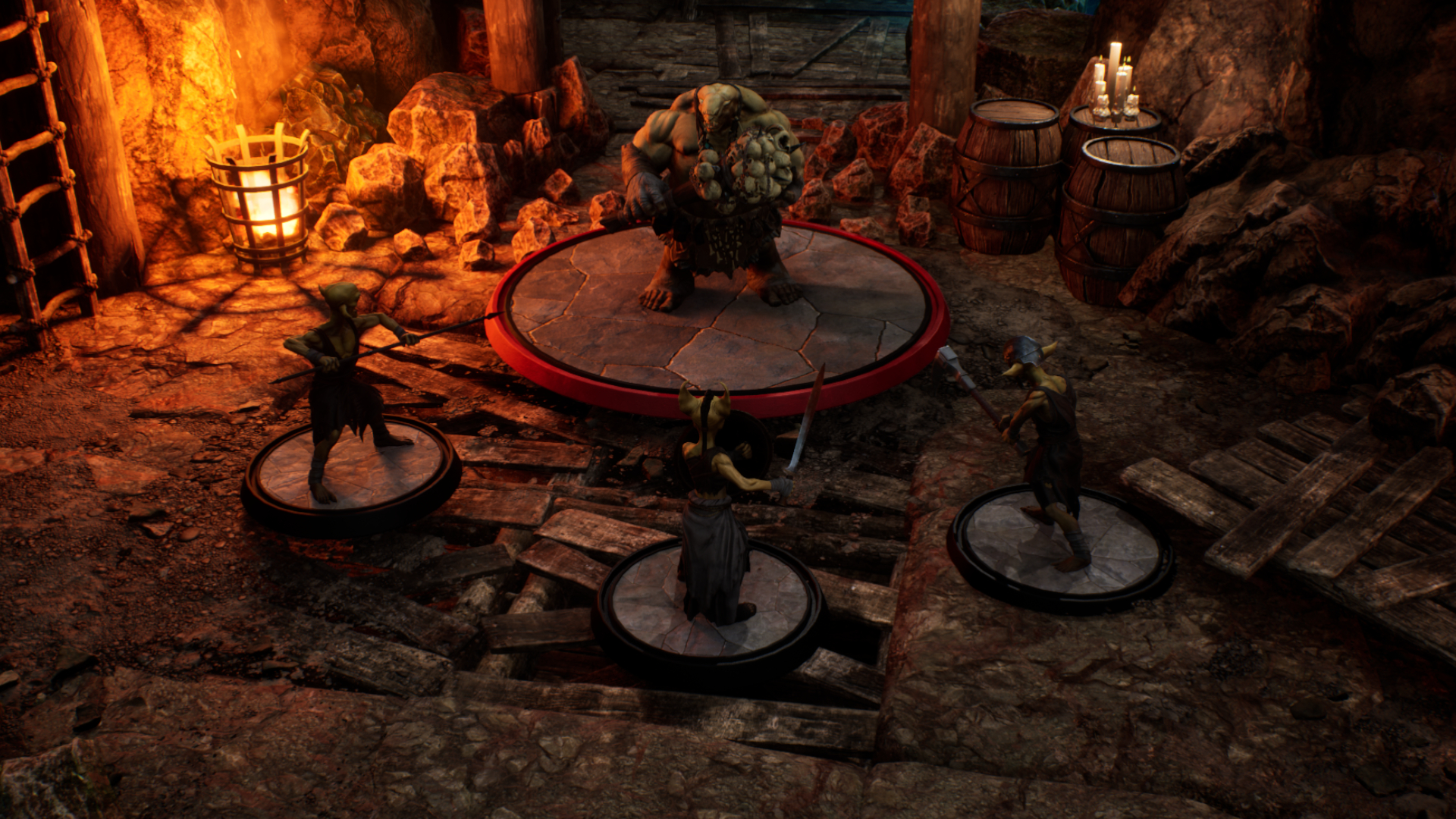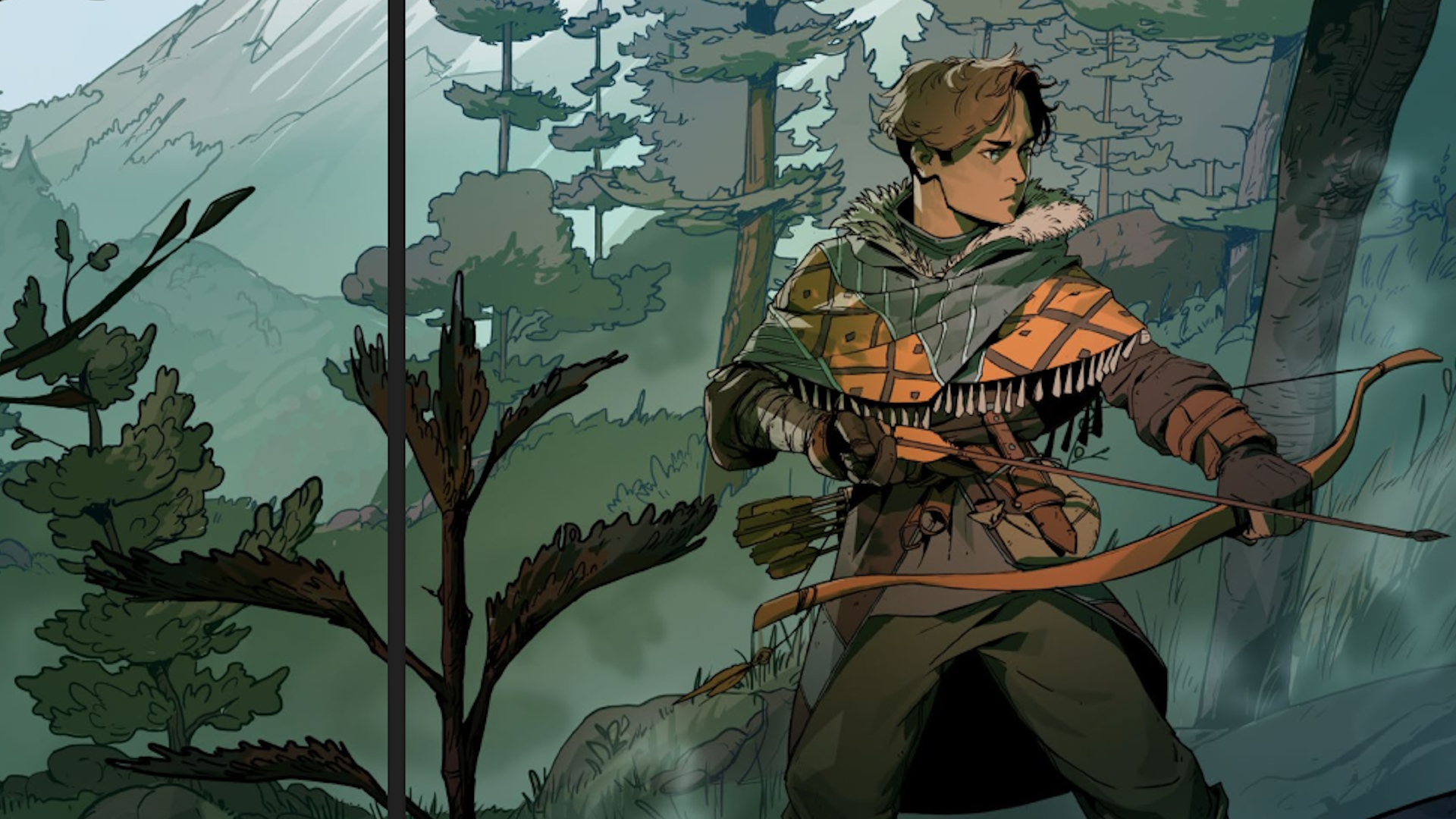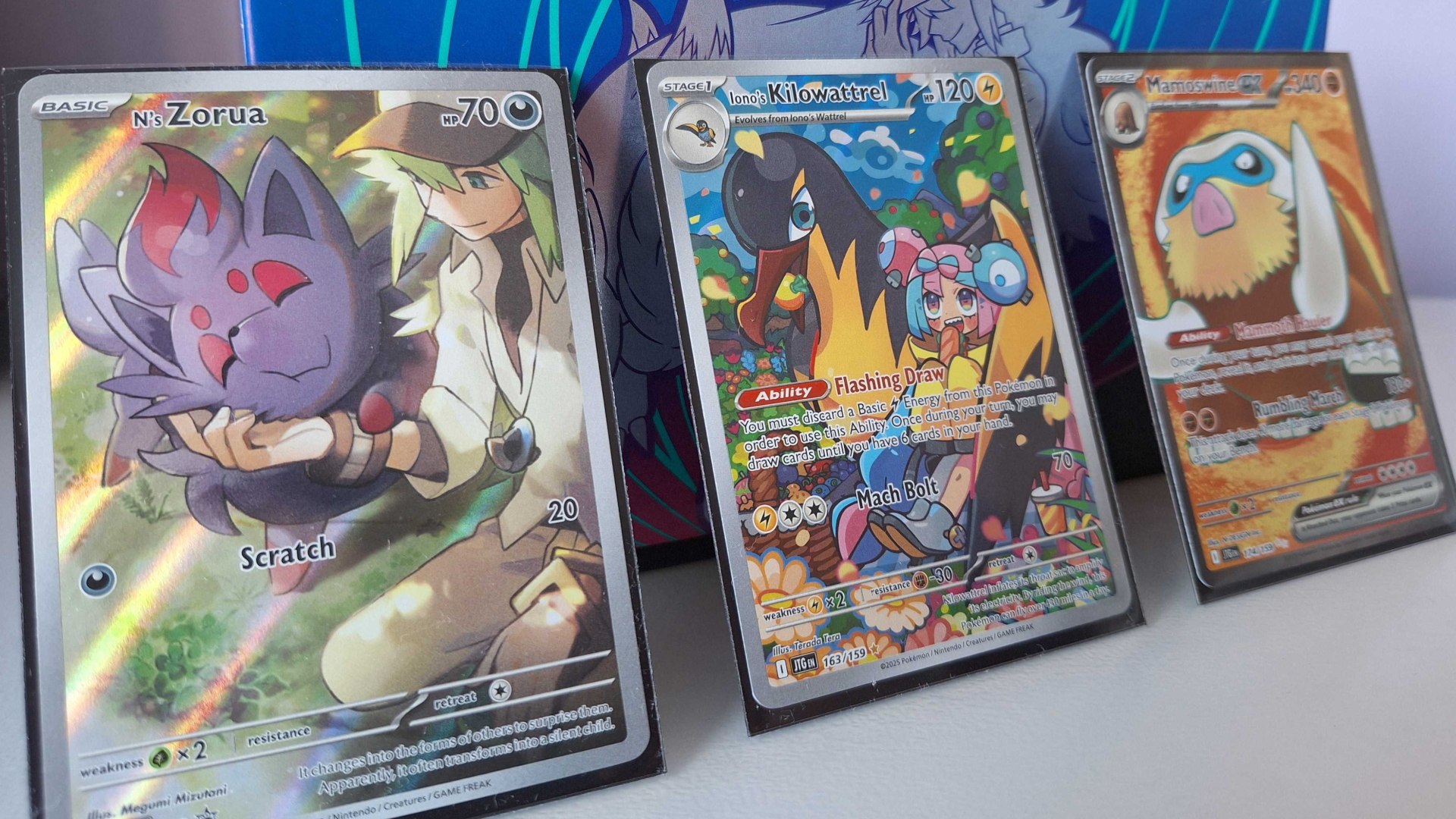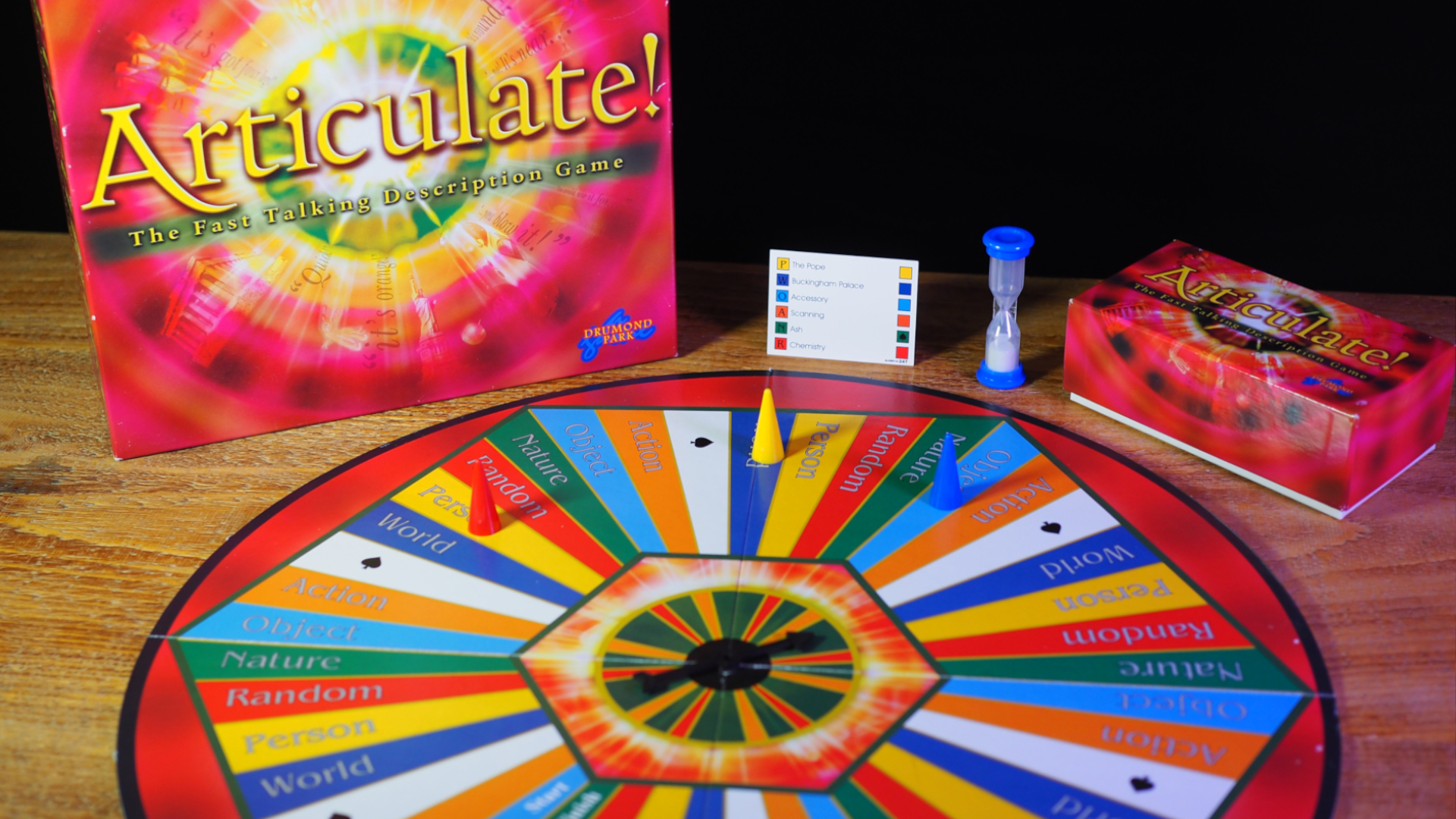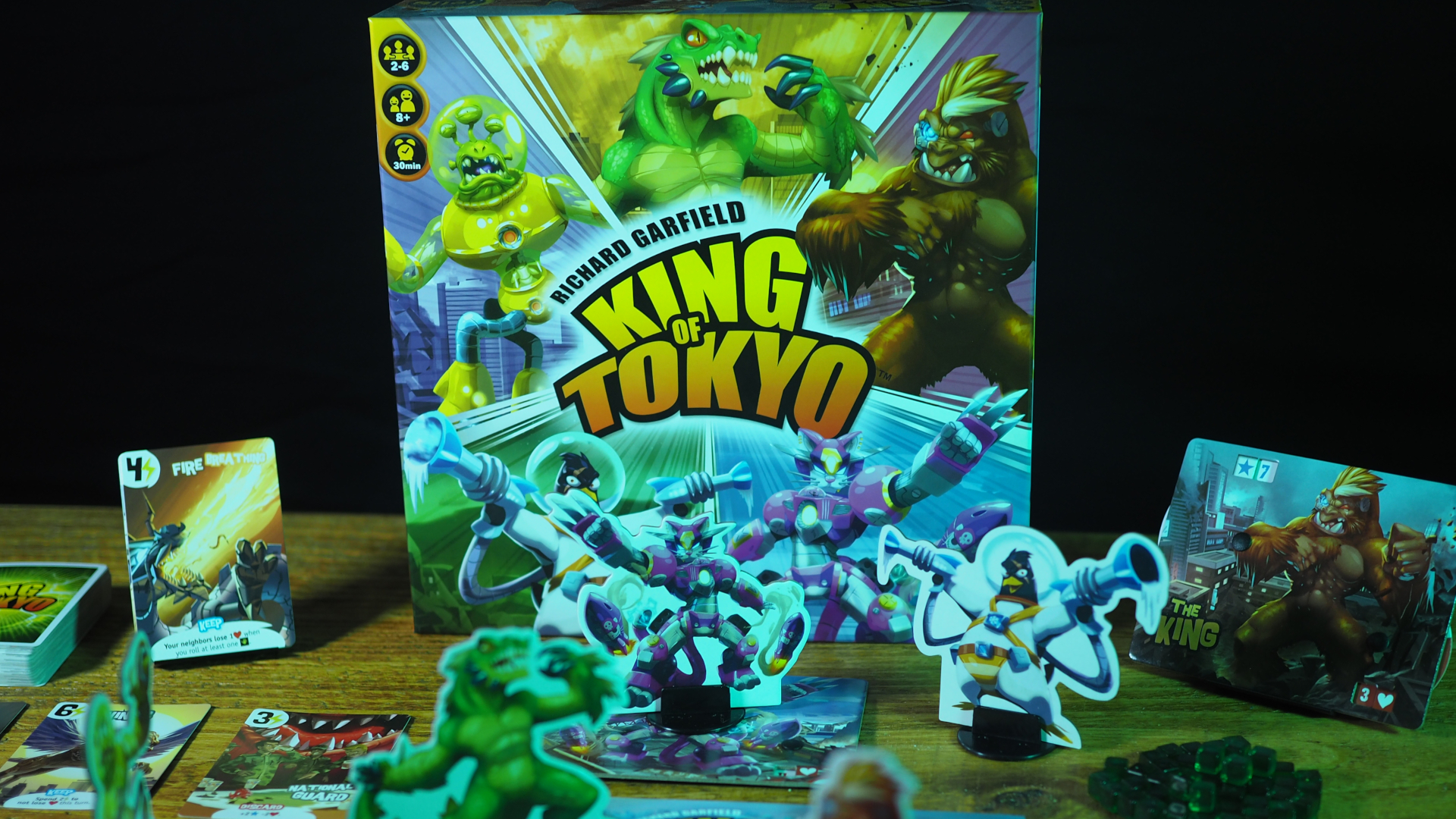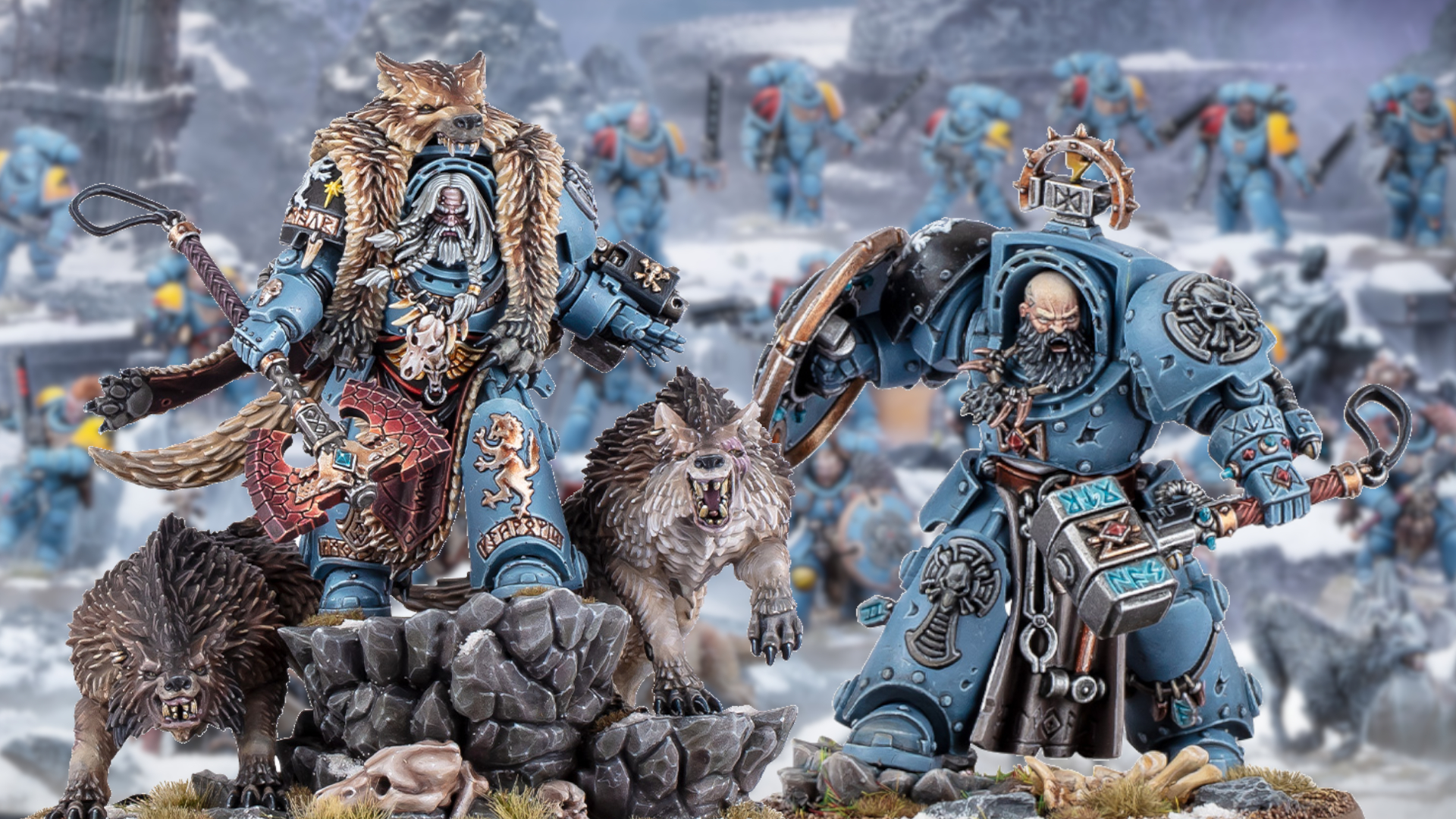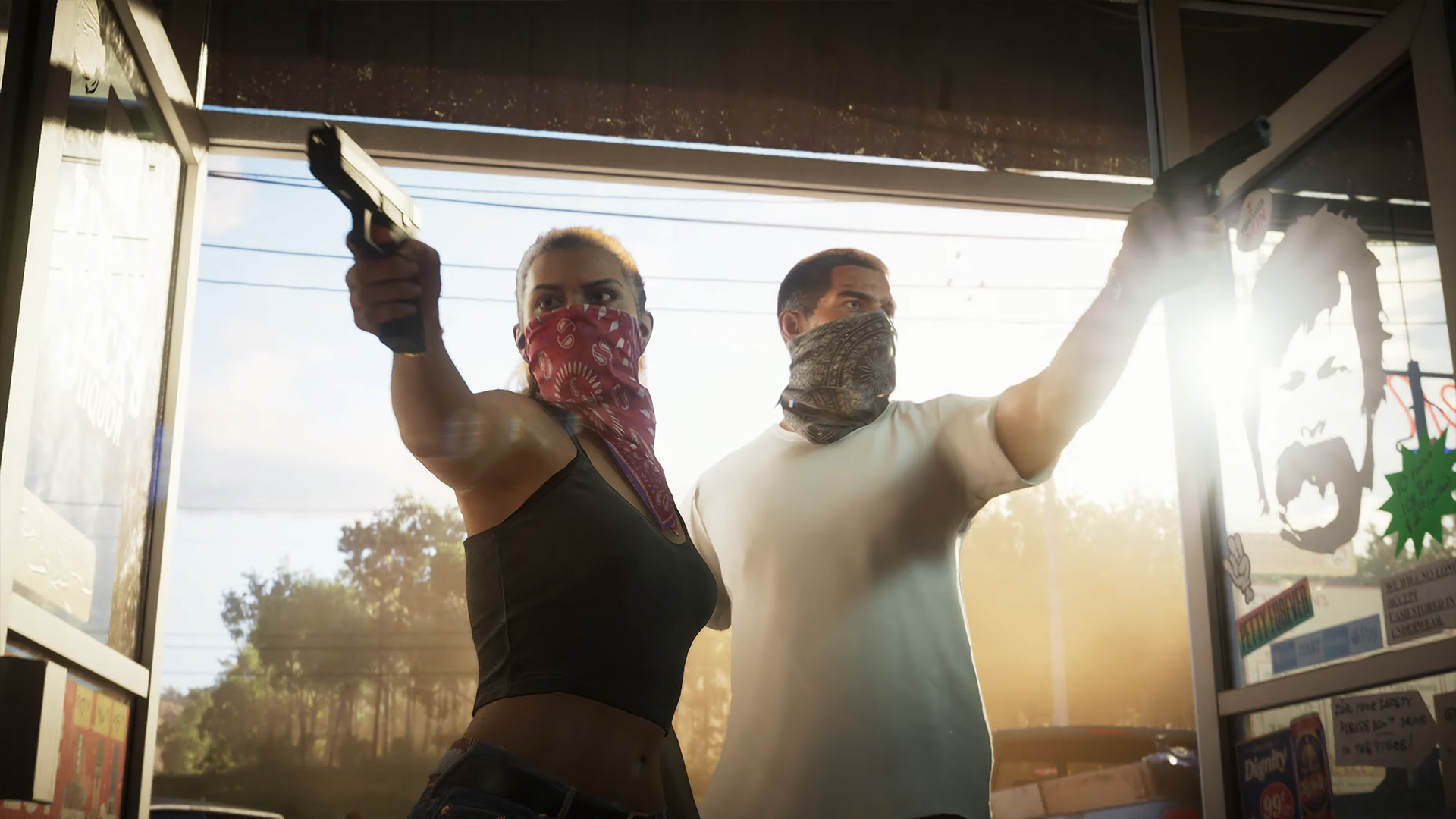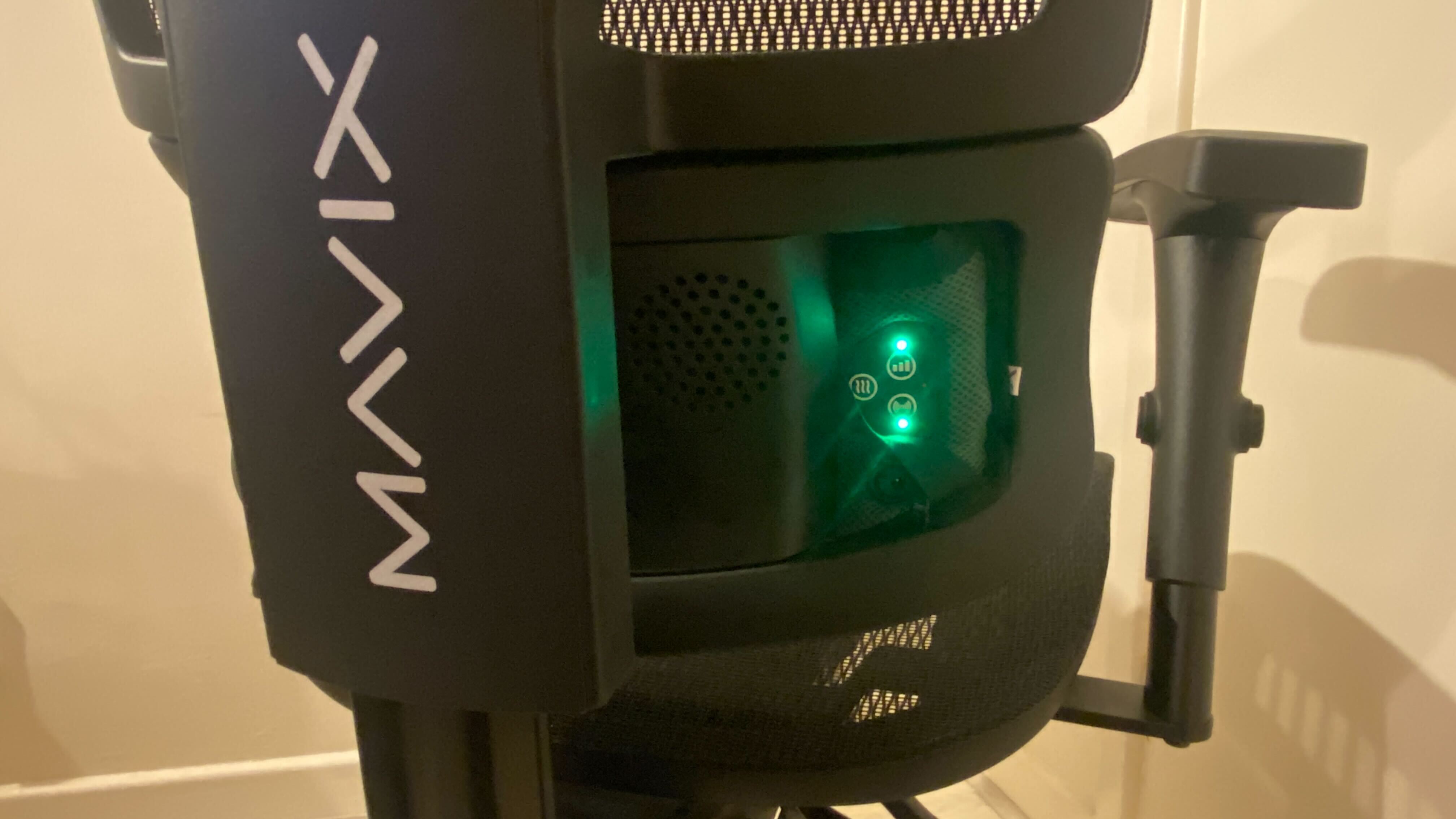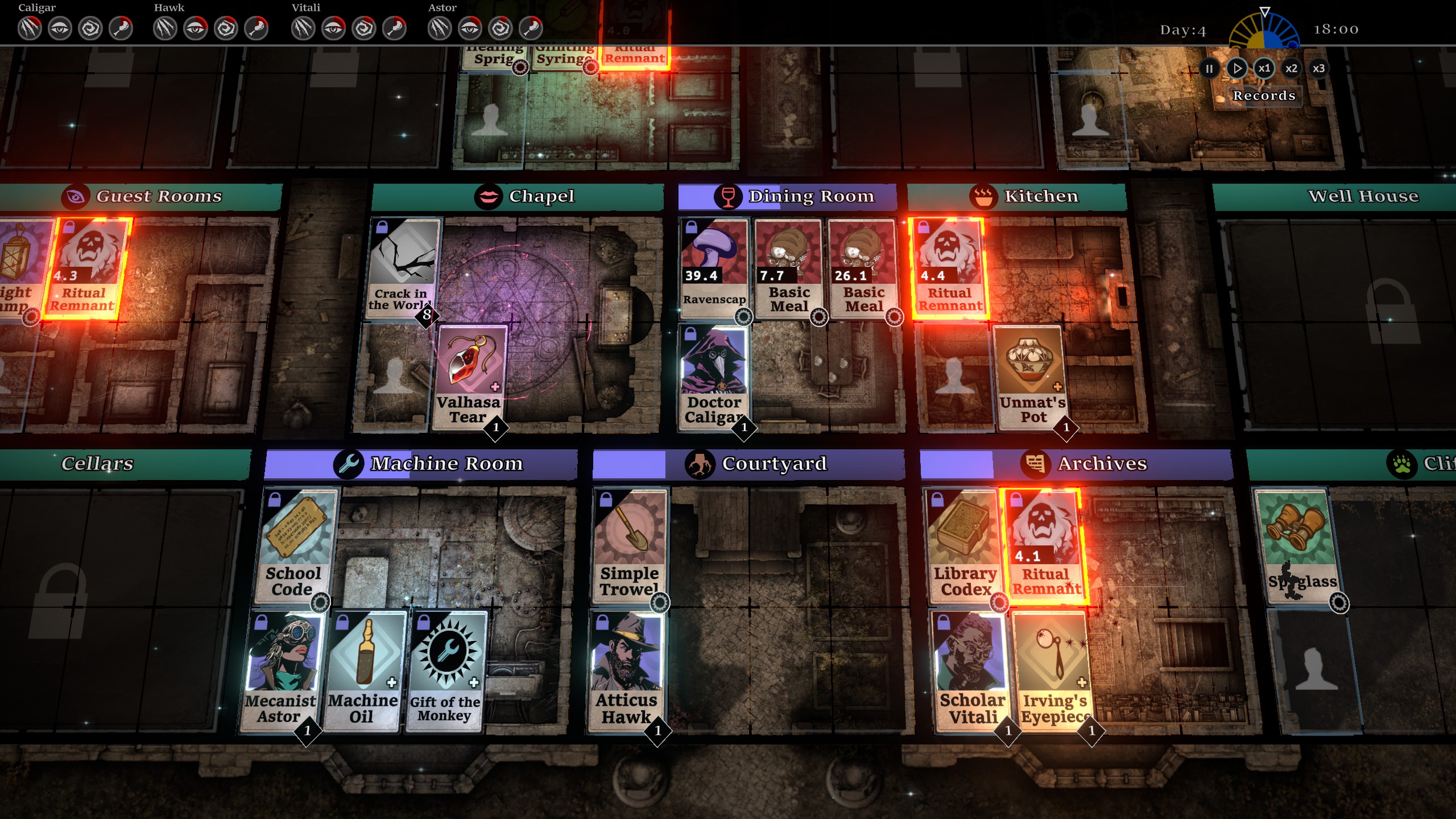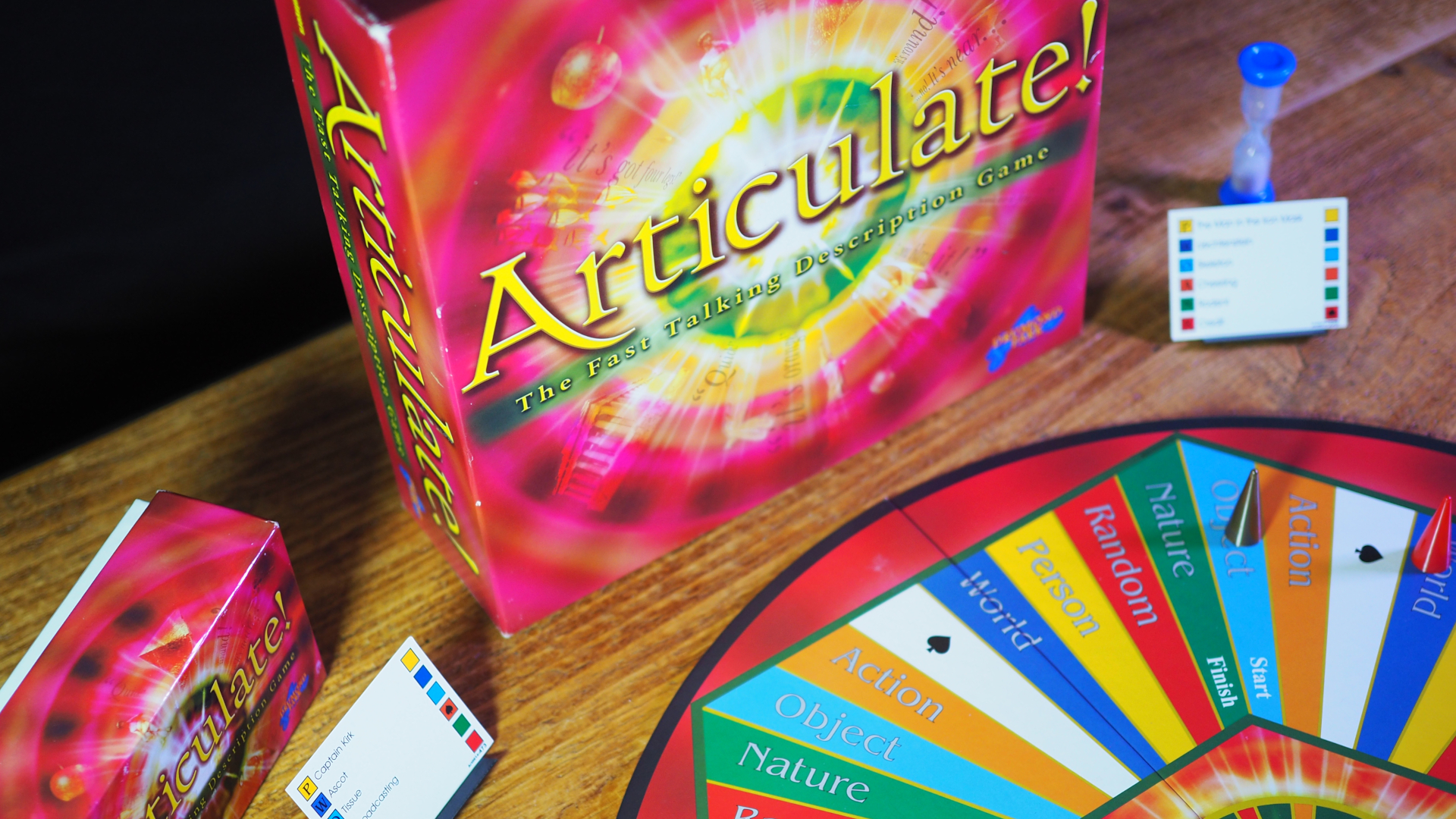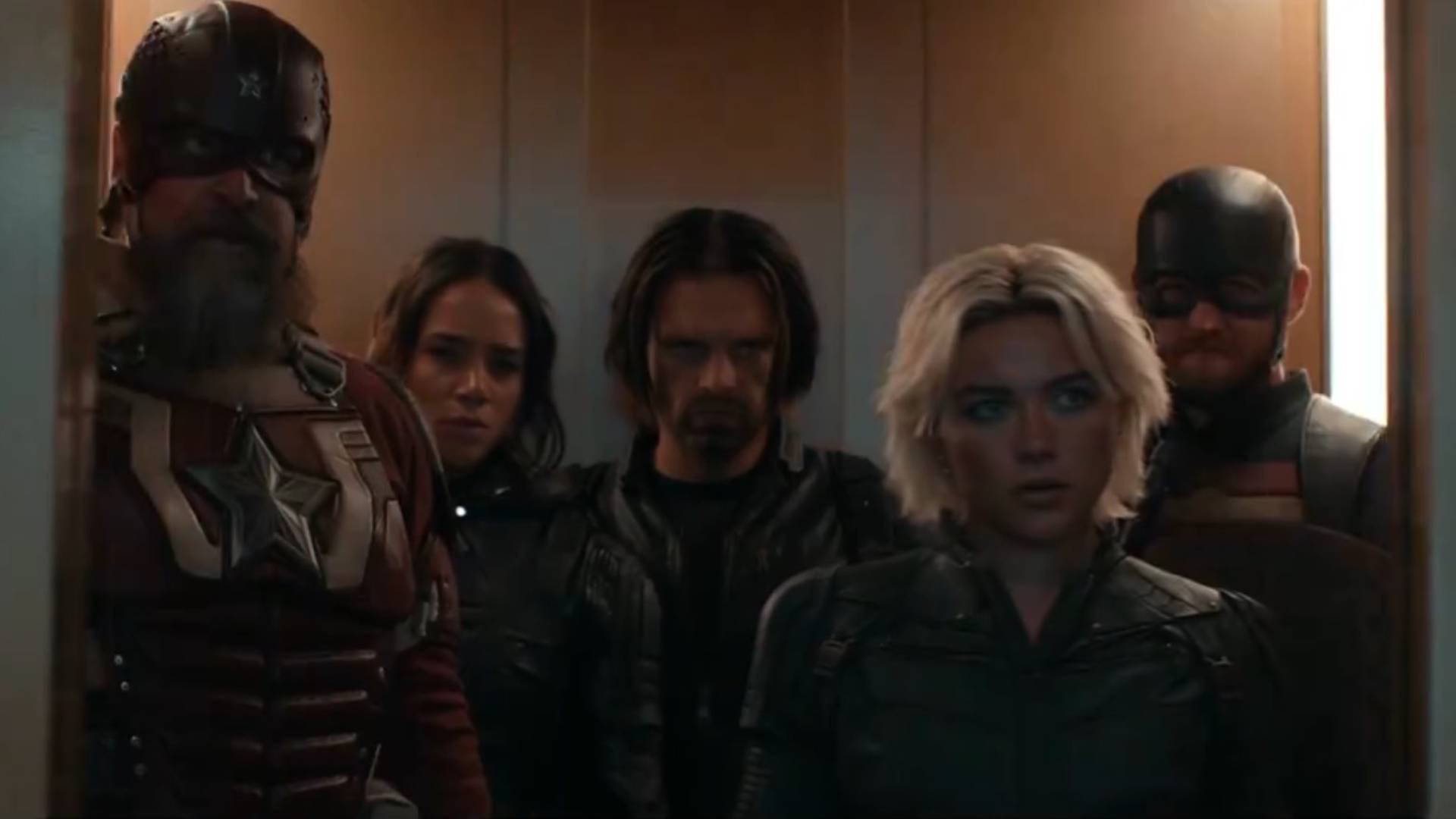When you purchase through links on our site, we may earn an affiliate commission.Heres how it works.
(Roll a 1?
Whoops, that’s straight into the spike pit with you.)
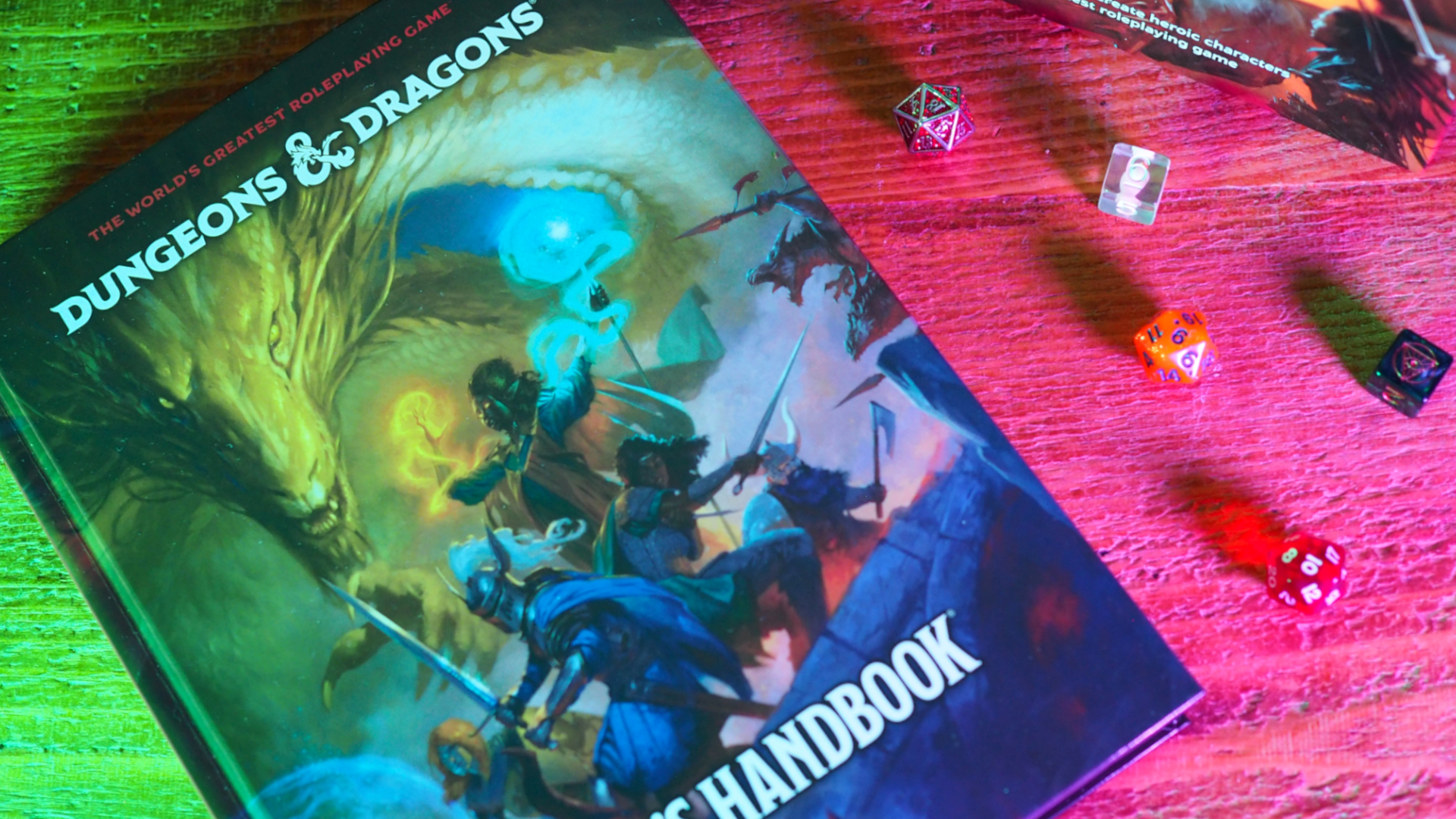
“What should a Player’s Handbook show?
What should a Dungeon Master’s Guide show?
What should a Monster Manual show?
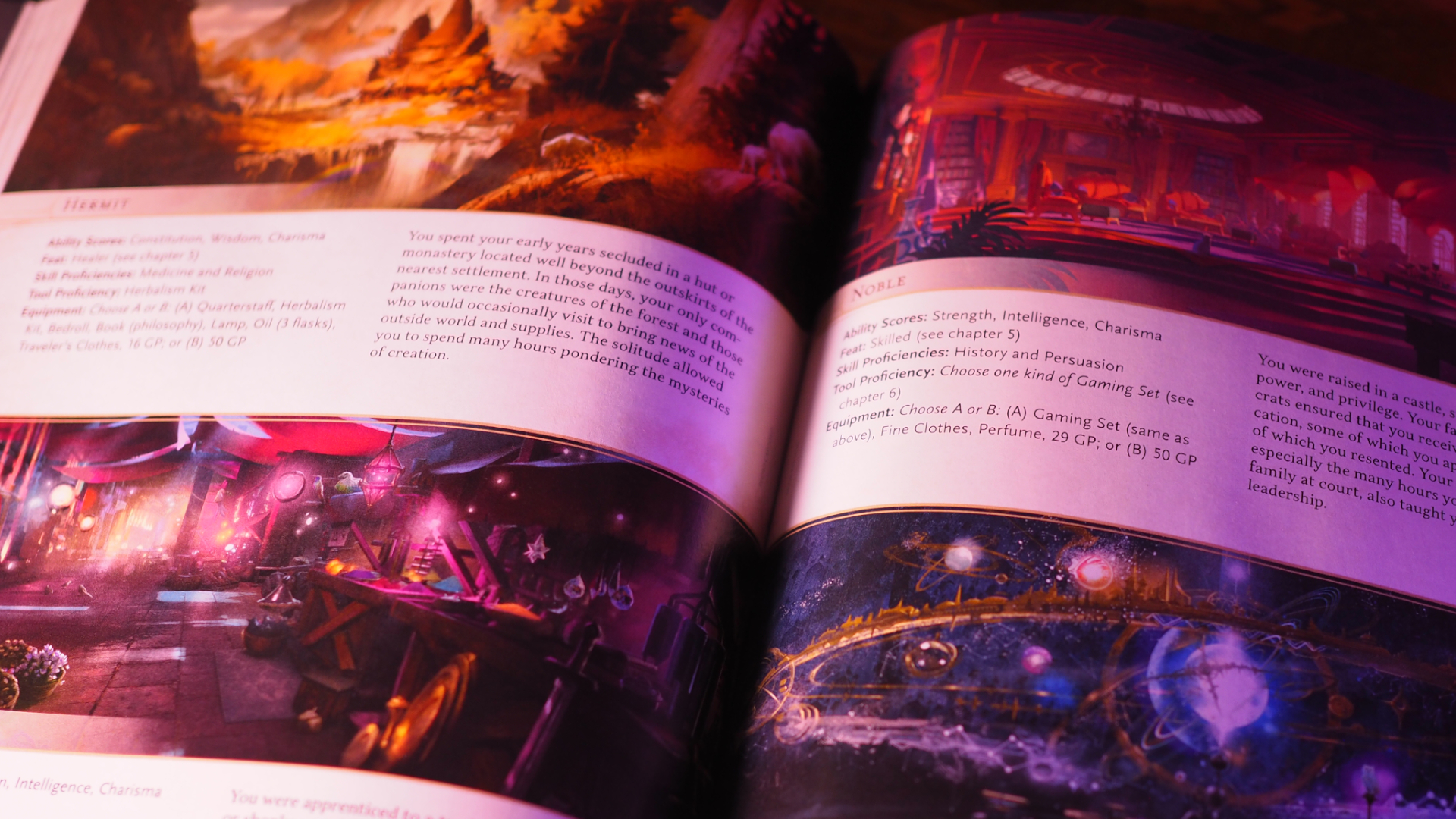
With the Player’s Handbook [cover], we’re looking at parties.
We knew that we wanted to show a party, a composition of people.
We wanted to show them with a dragon.
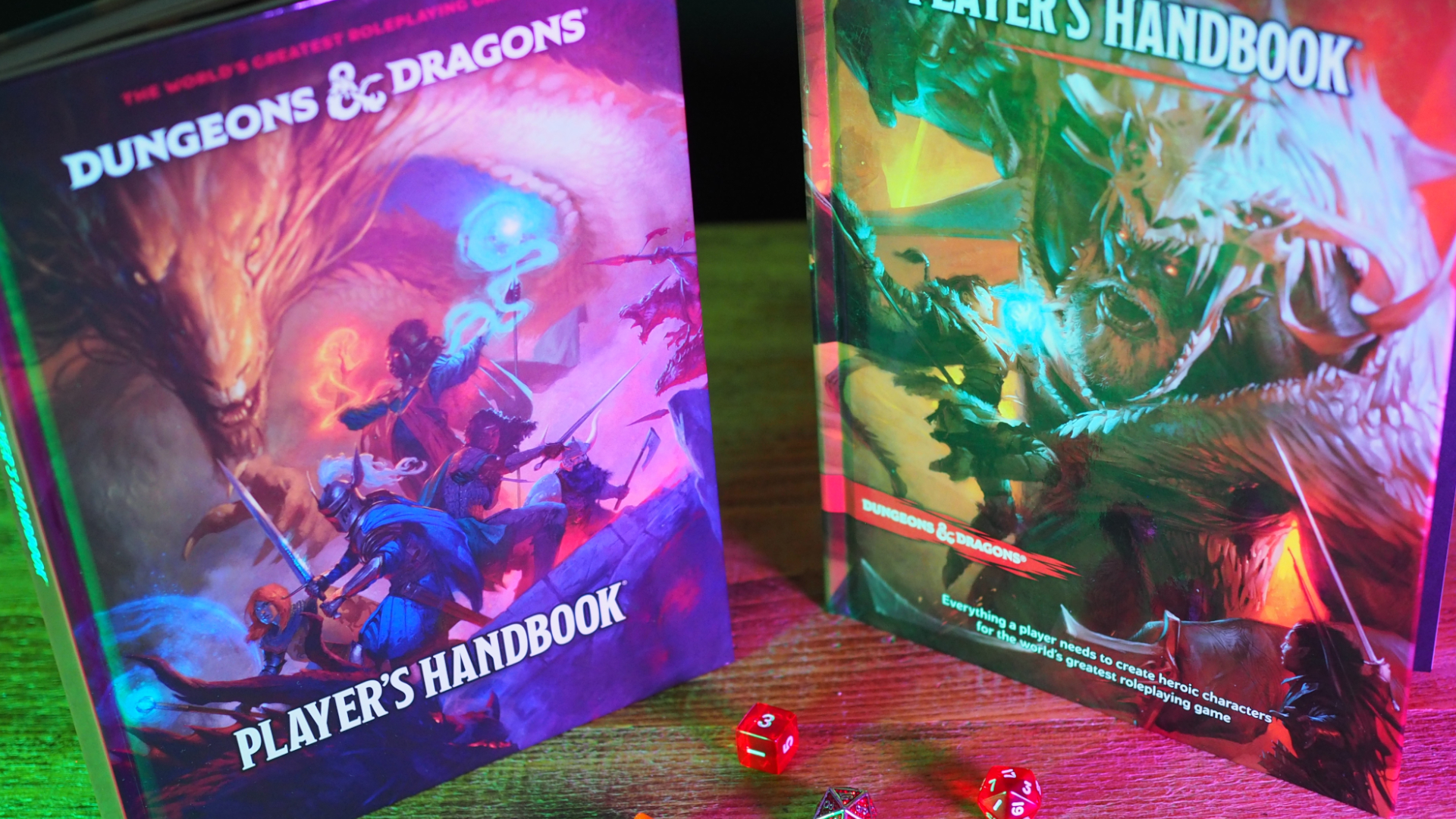
That started [things].
What are they doing?
What situation could they be in?
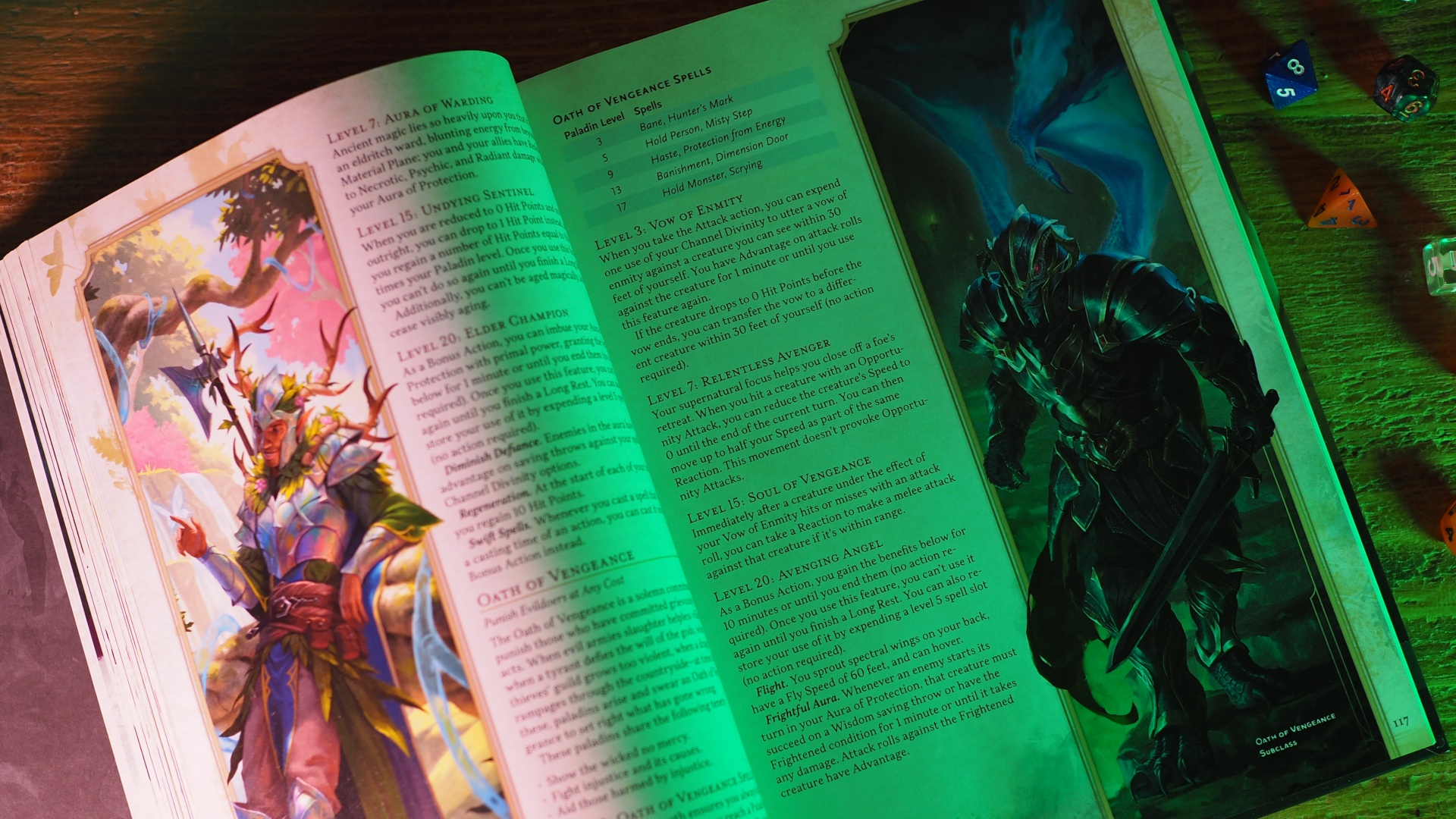
What we ended up with feels like quintessential Dungeons & Dragons, but with no holds barred.
In the old version, too much was left to your imagination.
But with this update, things are given a premium treatment deserving of that reputation.
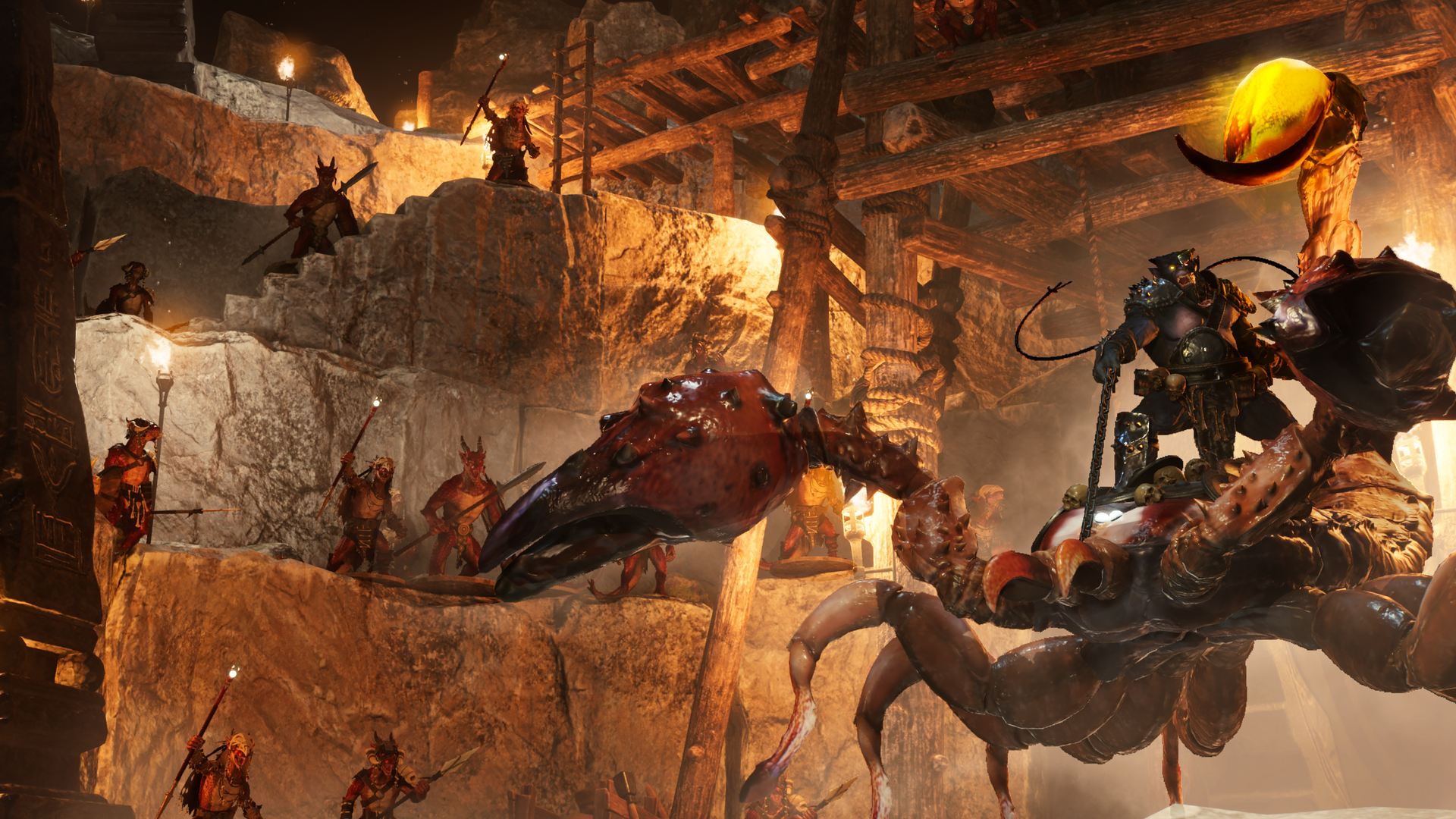
Wondering why the core rulebooks are changing in the first place?
Rather than feeling limiting, these illustrations help kickstart your creativity.
Does the Charlatan run that dubious stall of goods in the carnival?

And why have mugshots of ne’er-do-wells been crossed out in red along the wall?
I can see this section being a hit with newcomers in particular.
Because in essence, D&Disthe text the rules of the game.

Because the text is incredibly juicy and filled with really interesting things, right?
And there’s a lot of ways to take that.”
According to Herman, that allows readers to fill in the gaps.

“You know, there’s a handful of selections.
And I think that creates a relatively narrow view of what players think that they can make.
So we wanted to add a lot more stuff, a lot more flavor.”
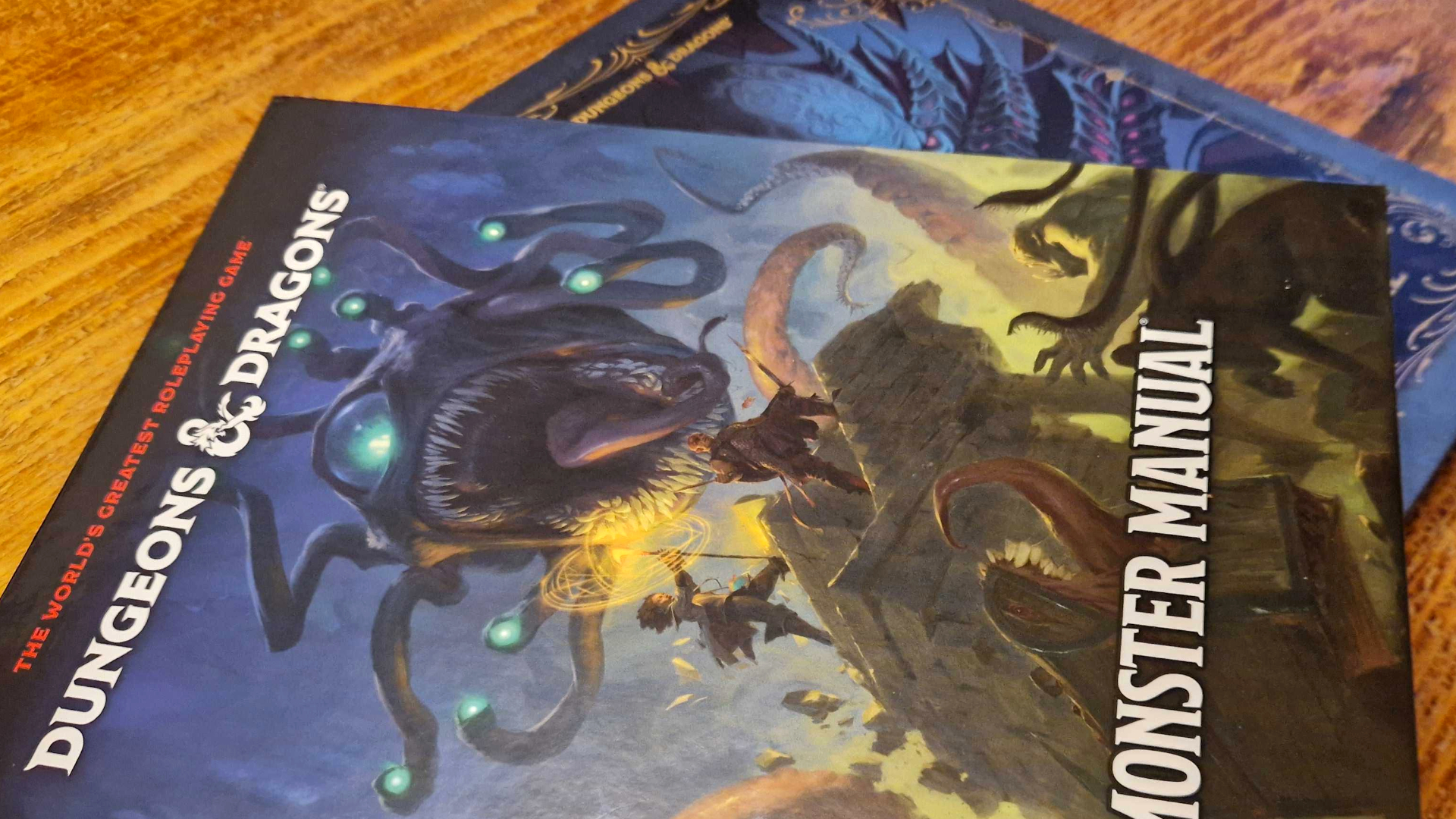
That was a major concern for Herman and co as a result, and the attention shows.
Yes, there’s still a lot of text to parse through.
Indeed,Project Sigil is “the Minecraft of D&D” according to developers.
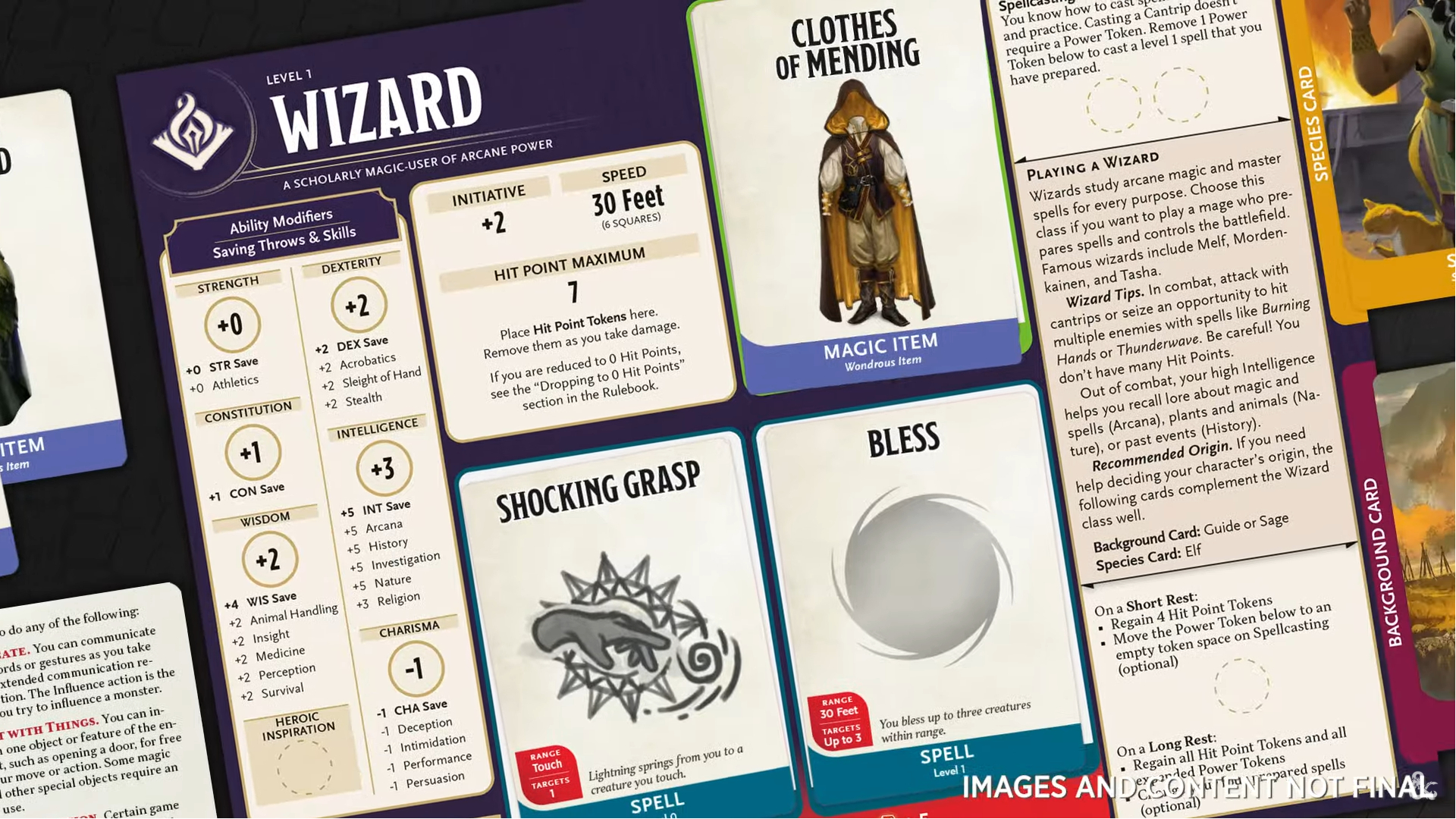
“How do we support the text better from a UX player experience?”
“There’s been 10 years since the last [core rulebooks] came out.
I think a good example would be the class spreads.
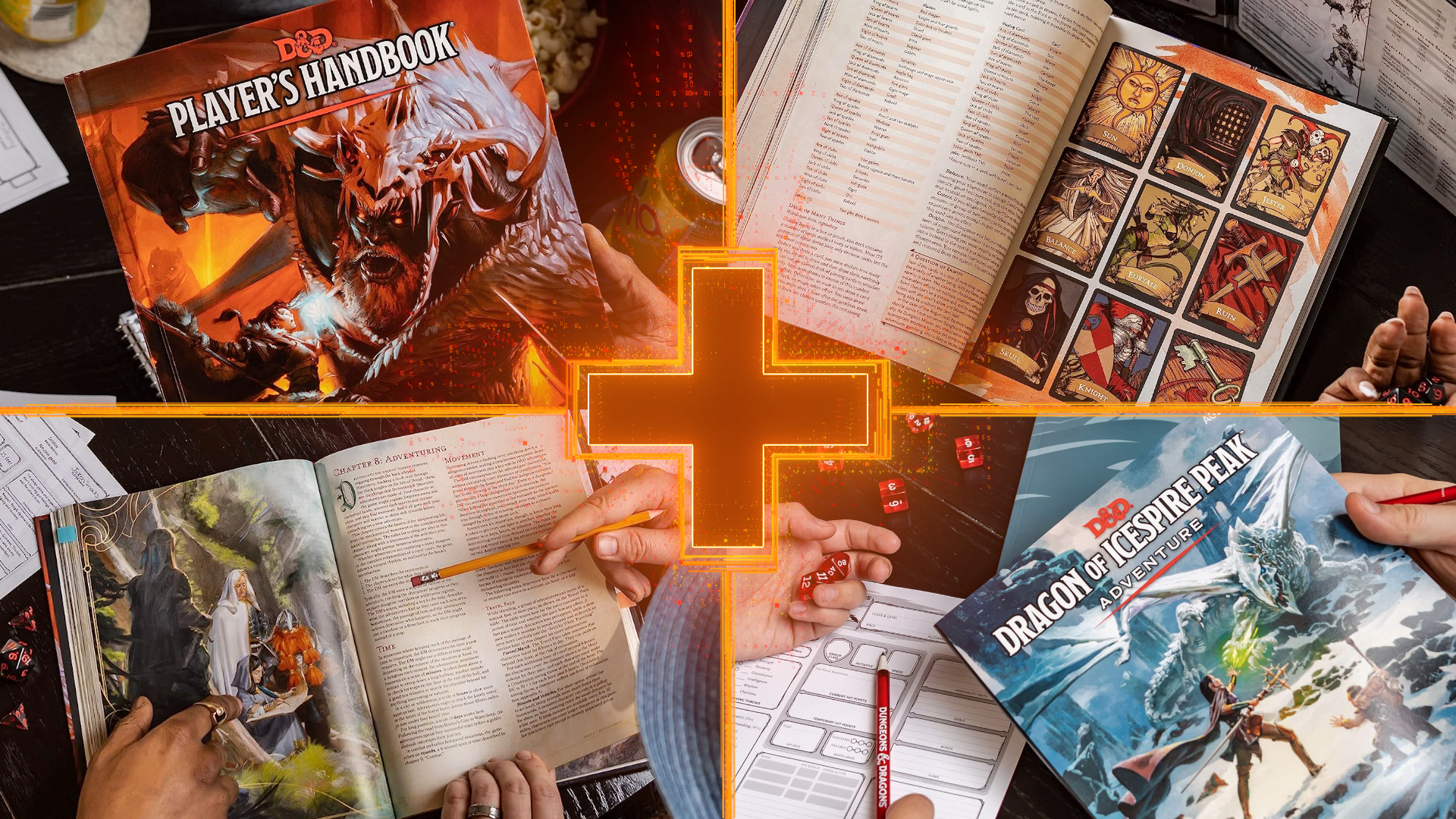
We intentionally designed all of those from the beginning, which is different to the 2014 [rulebook].
Every time you get to a class, there’s an iconic image of what that class looks like.
And then the subclasses are all vertical half majors that go along the sides.
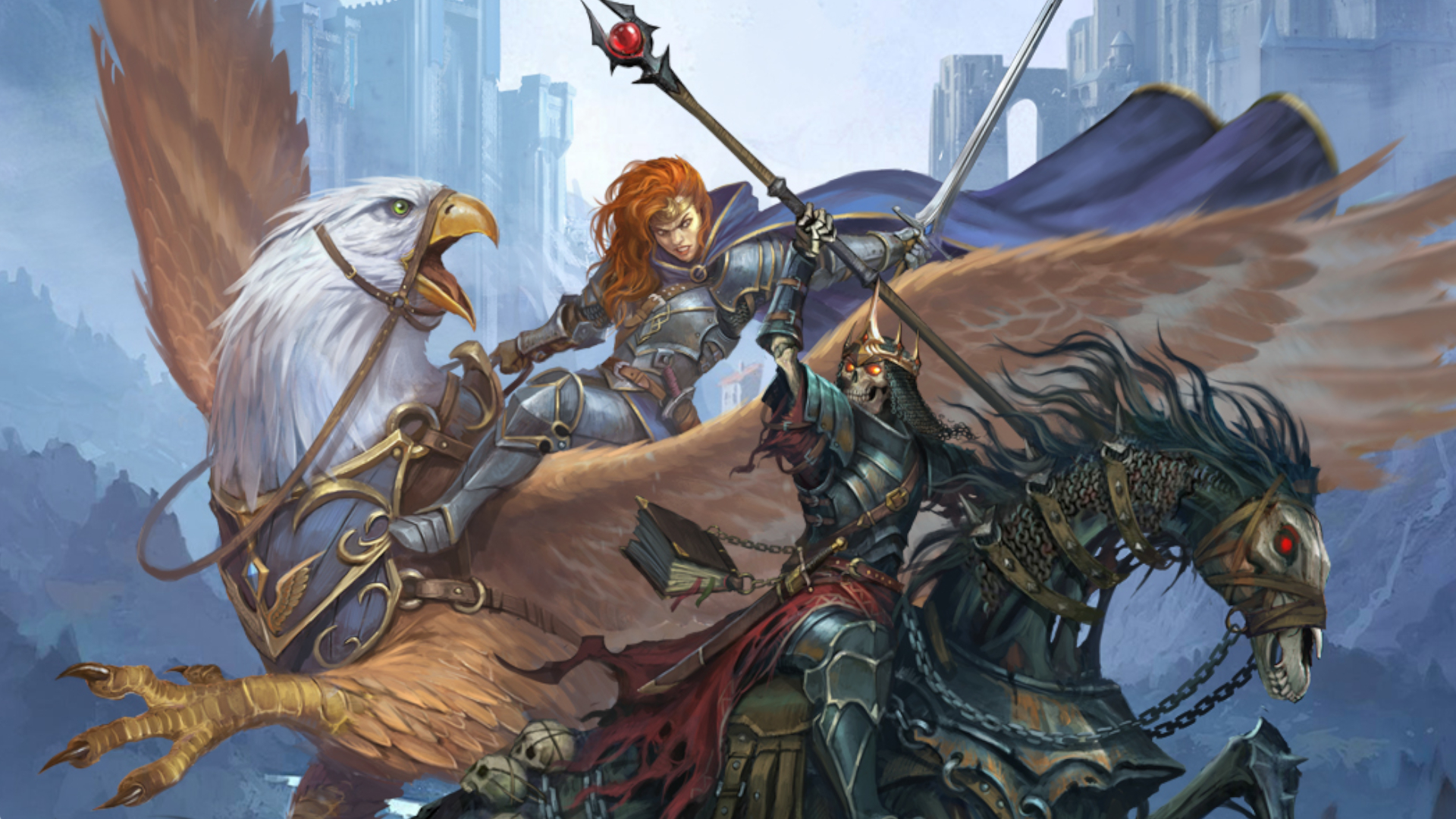
And what that does is… it’s a sort of subconscious thing.
As Herman concludes, it aims to be “nostalgic but exciting and fresh.”
it hits that target with gusto.
